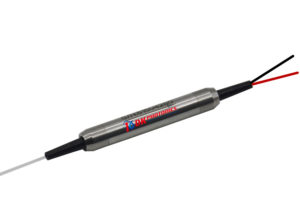Fused couplers are in use for several years now. They are generally meant for two actions- splitting optical signals between two fibers and to combine optical signals from two fibers into one fiber. Fused couplers are constructed by fusing and tapering two fibers together. This method provides a simple, rugged, and compact method of splitting and combining optical signals.

Fused Optic Couplers can be broadly classified into passive devices. For passive fiber optic couplers, there is no power required for operation. Fiber Optic Couplers can be of various types. For example, 1X N Singlemode couplers, PM Fiber Couplers, starsand trees coupler, etc. Let’s understand them in detail:-
- 1X N Singlemode couplers: Splitters supply N outputs by using the single optical signal.
- Tree Couplers: The Tree couplers are capable of executing both the functions, that of combiners as well as splitters, in just one device. This categorization is generally based upon the number of inputs and outputs ports. They are either multi-input with a single output or single input with a multi-output.
- PM Couplers: PM coupler stands for Polarization Maintaining Fiber Coupler. It is a device that either splits the light rays from the input PM fiber into multiple outputs PM fibers or coalesces the luminosity signals from two PM fibers into a one PM fiber. The applications of PM couplers include signal monitoring in its systems, PM fiber interferometers, and also power sharing in polarization sensitive systems, etc.
- Star Coupler: Star couplers distribute power from the inputs to the outputs.
Now coming to the benefits of these Fiber Optical Couplers, they are as follows:-
- Low excess loss
- High stability
- High reliability
- Low polarization dependent loss
- Dual operating window
- High directivity and Stumpy insertion loss.
There are several innovative and leading companies in the market that are providing supreme quality fiber optical components. These companies are containing teams of optical component engineers having tons of experience.. They provide cost effective solutions based on Fused Fiber Couplers, PLC, CWDM/DWDM Filters, Pump Combiners, PM Fiber Components, Isolators , and Integrated Modules technologies.
